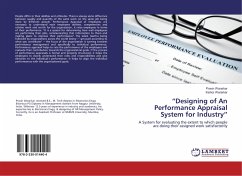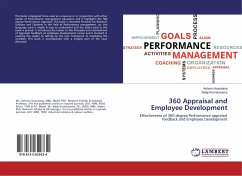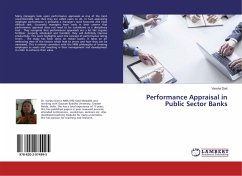This book examines the role of the regular wage hike in Japanese companies, especially focusing on the proposals by Nikkeiren (Japan federation of Employers' Associations) in 1950s and 1970s. The functions of the regular wage hike are divided into two parts; appraisal wage hike and automatic wage hike. The former is determined by personnel appraisal and the latter is determined by living standard, length of service, age and gender. The essence of the regular wage hike is that it is initiated by the right of management by employers. In other words, it should be employers who decided the wage level. This idea was reflected in the situation where the powers of labor unions were so strong that drastic wage demands damaged employers. In order to regain the initiative to control wage determination, introducing the regular wage hike was a necessity for employers. Even when any kind of new wage system like job-based pay and ability-based pay were introduced in 1950s and 1960s, the regular wage hike still remained the same. Nowadays until 2020s, a lot of new wage systems have been introduced and traditional Japanese employment system is considered to change.
Bitte wählen Sie Ihr Anliegen aus.
Rechnungen
Retourenschein anfordern
Bestellstatus
Storno








